
1.) Bats are the only mammals that could fly. Some mammals can glide however, but not fly.
2.) There are over 1’300 different bat species.
3.) Bats are nocturnal (sleep during the day, active at night)
4.) Bats ‘see’ in the dark using a special skill called echolocation. Bats make noises and wait for the sound waves to bounce back off objects (an echo), if it doesn’t bounce back then they can safely fly forward. They can tell the distance of various objects by how quickly the sound waves bounce back to them.
5.) Most bats feed on insects, while others eat fruit, fish or even blood!
6.) There are 3 species of vampire bats which feed solely on blood.
7.) None of those vampire bat species lives in the United States.
8.) Vampire bats have small and extremely sharp teeth which are capable of piercing an animal’s skin (humans included) without them even noticing.
9.) Vampire bats can carry rabies, making their bites potentially dangerous.
10.) Vampire do indeed drink blood, mainly from cattle and deer, but they don’t suck blood like the legends say, they actually make a V-shaped cut and then lick up the blood.
11.) Some bats live by themselves while others live in caves with thousands of other bats.
12.) Bats can live for over 20-30 years and can fly at speeds of up to 60 mph.
13.) Pteropus bats (also known as flying foxes or fruit bats) are the largest in the world.
14.) Bats are very important in helping controlling crop-destroying insects
15.) Many bats eat insects. Bats can eat up to 1,200 mosquitoes in an hour and often consume their body weight in insects every night, helping keep bug populations in check.
16.) Bats make about one-fifth of the mammal population on Earth.
17.) Bats are divided into two main types: megabats and microbats. Megabats (formally, bats in the Megachiroptera suborder) include flying foxes and Old World fruit bats. They tend to be larger than microbats (Microchiroptera suborder), but some microbats are actually larger than some megabats.
18.) Some species have wingspans of 5 to 6 feet (1.5 to 1.8 meters) and weigh up to 2.2 lbs. (998 grams).
19.) One of the smallest megabats, the long-tongued fruit bat (Macroglossus minimus), has a wingspan of only 10 inches (25.4 centimeters).
20.) Among microbats, the largest species is the false vampire or spectral bat (Vampyrum spectrum) with a wingspan of up to 40 inches (1 meter). It weighs 5 to 6.7 ounces (145 to 190 g).
21.) The smallest bat is the bumblebee bat, it grows to only about 1.25 inches long (3 cm) and weighs about 2 grams (0.07 ounces).
22.) Bats live all over the world, except for some islands, and the Arctic and Antarctica.
23.) They mostly prefer warmer areas that are closer to the equator, and they can be found in rain forests, mountains, farmland, woods and cities.
24.) Bats have two strategies for weathering the cold. Some migrate to warmer areas, while others go into torpor. In this short-term form of hibernation, a bat reduces its metabolic rate, lowers its body temperature, and slows its breathing and heart rate.
25.) Bats roost in trees, caves, mines and barns — anyplace that provides shelter from the weather, protection from predators and seclusion for rearing the animals’ young.
26.) Bats live together in groups called colonies, which contain 100 to 1,000 bats.
27.) Other bats eat fruit or nectar and can play an important role as pollinators.
28.) More than half of the bat species in the United States are in severe decline or listed as endangered. In addition to loss of habitat, one of the most dire threat comes from white nose syndrome, a disease that has decimated bats in the U.S. and Canada.
29.) Bat droppings, called guano, are one of the richest fertilizers. Bat guano was once a big business. Guano was Texas’s largest mineral export before oil!
30.) Austin is a seasonal home to North America’s largest urban population of Mexican free-tailed bats, which live beneath the Congress Avenue Bridge. Approximately 1.5 million bats reside there!
Sources:
http://www.livescience.com/28272-bats.html
http://www.sciencekids.co.nz/sciencefacts/animals/bat.html
http://www.nature.org/ourinitiatives/regions/northamerica/unitedstates/arizona/top-10-bat-facts.xml
Thanks for reading. Please feel free to enjoy this free wordsearch below:
Thanks for reading. Please feel free to enjoy this free wordsearch below:

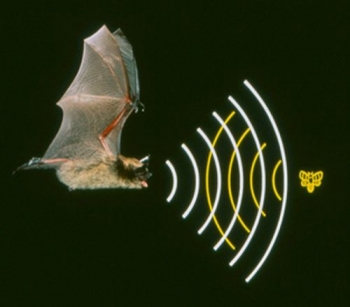
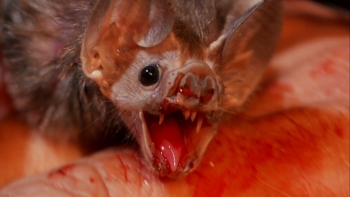
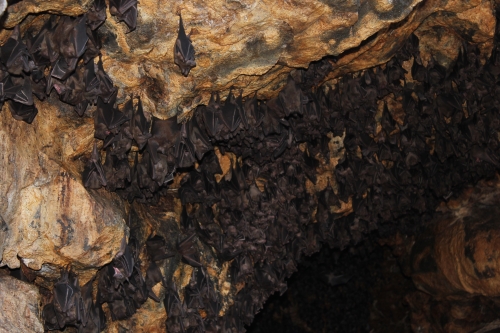
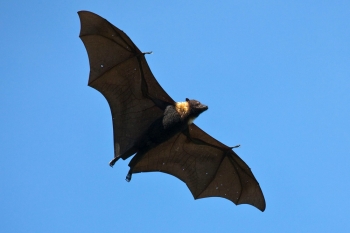
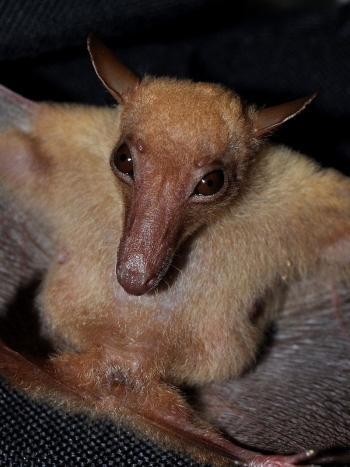
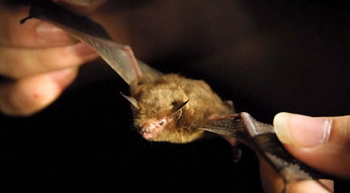
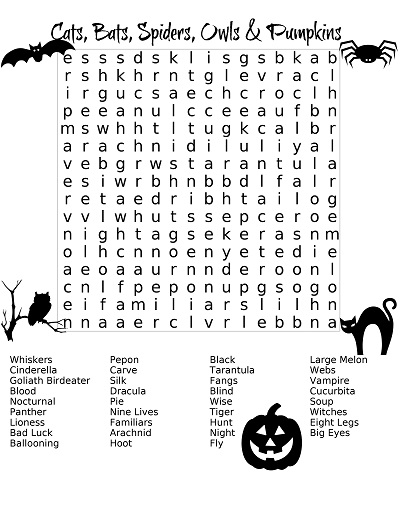
Well, I’m spooked. So thankful for #7. #12 and #18 make my skin crawl which means I should consider moving to someplace like in #22, except I would be too cold. lol! Thanks for the lesson. I really did enjoy it. :)
Found you via Women with Intention
Hi Lauren,
Lol. I agree on all counts. Thank God, I never had any up close encounters with bats. Glad you enjoyed reading. Blessings to you.
creepy about the vampire bats lol! Thank goodness they are not in N.America! They’re so cute though ahha
Oh my goodness, my 9 year old LOVES bats. Going to print this out for him. Pinning!
Last year while visiting the hill country here is Texas, we took a pit stop at a bat cave just before dusk and waited as about 50,000 bats flew out for the evening. That may be the last time I visit that cave.. or any other ;) I did learn that they harvest their “droppings” and use it in some make up. lol.. yup. Have a wonderful weekend. Misty.
I’m always half fascinated by bats and half freaked out about them. Something about their skin- like wings really creeps me out.